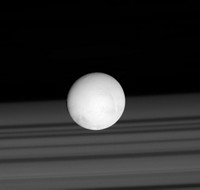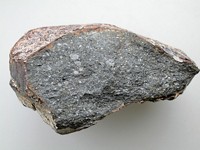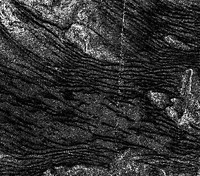Advertisement
Grab your lab coat. Let's get started
Welcome!
Welcome!
Create an account below to get 6 C&EN articles per month, receive newsletters and more - all free.
It seems this is your first time logging in online. Please enter the following information to continue.
As an ACS member you automatically get access to this site. All we need is few more details to create your reading experience.
Not you? Sign in with a different account.
Not you? Sign in with a different account.
ERROR 1
ERROR 1
ERROR 2
ERROR 2
ERROR 2
ERROR 2
ERROR 2
Password and Confirm password must match.
If you have an ACS member number, please enter it here so we can link this account to your membership. (optional)
ERROR 2
ACS values your privacy. By submitting your information, you are gaining access to C&EN and subscribing to our weekly newsletter. We use the information you provide to make your reading experience better, and we will never sell your data to third party members.
Astrochemistry
The moon has rust, thanks to the Earth
Earth’s oxygen and magnetic shield make iron oxidation possible on the moon
by Sam Lemonick
September 19, 2020
| A version of this story appeared in
Volume 98, Issue 36

When planetary geologist Shuai Li realized there were minerals containing iron oxide on the moon’s surface, his first thought was, How did they get there? “Finding hematite is exciting,” the University of Hawaii at Manoa researcher says, but he and his colleagues puzzled over its origin for a year. Iron oxide—better known as rust—is common on Earth, but solar wind’s fire hose of protons reduces most species on the moon’s surface, and oxygen is typically in short supply there. That all changes when Earth passes between the moon and the sun. Then, the moon moves into the tail of Earth’s protective magnetic field, and oxygen from Earth’s atmosphere can reach the moon’s surface (Sci. Adv. 2020, DOI: 10.1126/sciadv.aba1940). Li’s key insight was noticing from spectroscopy data collected by the Chandrayaan-1 orbiter that hematite was concentrated at the moon’s poles on the side that faces Earth. Terrestrial oxygen doesn’t reach the moon’s far side, and the solar wind can reduce any hematite that forms at lower latitudes, where it hits the moon’s surface more directly. But Li says that while he and his collaborators are confident in their model, they won’t be able to prove it unless a future moon mission brings back hematite samples.





Join the conversation
Contact the reporter
Submit a Letter to the Editor for publication
Engage with us on Twitter